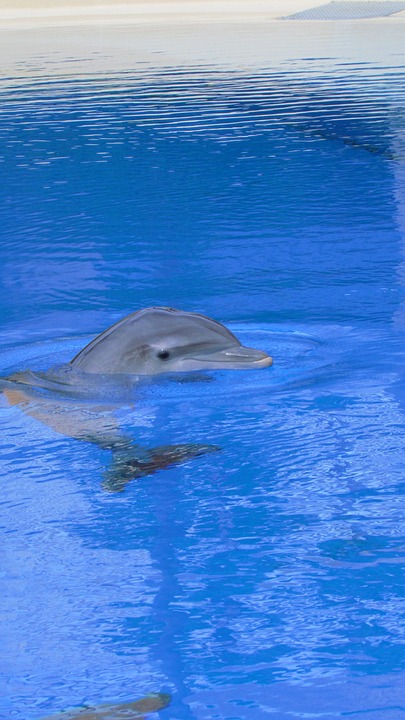Observing and Interpreting Fish Response to Changes in Tank Filtration
Written by an Expert Blog Writer with Immense Knowledge about SEO
Introduction:
Maintaining proper tank filtration is crucial for the health and well-being of fish. However, it is equally important to observe and interpret fish behavior to assess the impact of filtration changes. In this article, we will explore the significance of observing fish behavior and how it can help identify filtration issues.
I. The Basics of Fish Behavior and Tank Filtration
A. Understanding natural fish behavior in their habitat: To effectively replicate natural conditions in a tank, it is essential to understand how fish behave in their natural environment.
B. The role of tank filtration in replicating natural conditions: Tank filtration systems are designed to mimic the natural processes that occur in fish habitats, such as water circulation and removal of waste.
C. How changes in filtration can impact fish behavior: Alterations in filtration can disrupt the balance of the tank environment, leading to changes in fish behavior.
II. Observing Fish Behavior for Indicators of Filtration Issues
A. Changes in swimming patterns: Fish may exhibit erratic or lethargic swimming patterns if there are filtration issues.
B. Altered feeding behavior: Poor filtration can affect the availability of food particles, leading to changes in fish feeding behavior.
C. Abnormal hiding or resting behavior: Fish may seek shelter or rest more frequently if there are issues with water quality.
D. Unusual aggression or stress-related behavior: Filtration problems can cause stress in fish, leading to increased aggression or other abnormal behaviors.
III. Interpreting Fish Response to Filtration Changes
A. Identifying potential filtration issues based on observed behavior: By observing fish behavior, it is possible to identify potential filtration issues.
B. Analyzing specific fish responses and their implications: Each fish species may respond differently to filtration changes, so it is important to analyze their specific behaviors and understand their implications.
C. Consulting with experts or professionals for accurate interpretation: If unsure about the interpretation of fish behavior, it is advisable to seek advice from experts or professionals in the field.
IV. Common Filtration-Related FAQs
A. How often should I clean or replace the filter media? Regular maintenance is essential to ensure the efficiency of the filtration system. The frequency of cleaning or replacing the filter media depends on various factors such as tank size, fish load, and the type of filtration system.
B. Can a sudden increase in water flow affect fish behavior? Yes, a sudden increase in water flow can stress fish and disrupt their natural behavior. It is important to introduce changes in water flow gradually.
C. What are the signs of an over-filtered tank? Signs of an over-filtered tank include excessively clear water, reduced biological activity, and a lack of natural debris or algae growth.
D. How does water temperature affect fish behavior in relation to filtration changes? Changes in water temperature can have a significant impact on fish behavior. Fish may become more or less active depending on the temperature, which can further influence their response to filtration changes.
Conclusion:
Observing and interpreting fish behavior is crucial in maintaining optimal tank filtration. By understanding the basics of fish behavior and the impact of filtration changes, it is possible to identify and address issues promptly. Regularly observing fish behavior and taking appropriate action based on accurate interpretation will ensure a healthy and thriving aquatic environment for your fish.









